Artificial Turf Decompacting: Everything You Need To Know
December 20, 2023
Artificial turf landscaping is beloved for its low maintenance requirements, but it’s important to perform occasional TLC to ensure your landscape’s longevity and functionality. One of the most often overlooked aspects of synthetic grass care is decompacting infill.
This involves removing debris and fluffing up your turf fibers and infill to preserve your landscaping’s full drainage capabilities. If you want to ensure your synthetic grass and its drainage system are always operating at peak performance, here are some tips for decompacting artificial turf.
What Gets Stuck in Artificial Grass?
Artificial turf is designed to mimic the look and feel of natural grass without the required upkeep. However, debris can end up on your turf and get stuck between the turf blades, affecting its overall performance.
Some of the most common items that can get stuck in artificial grass include dirt, leaves, twigs, insects, and animal waste. When this debris gets stuck in the turf, it can add weight to the infill between the blades, compacting the infill and impeding the turf’s drainage system.
How Artificial Turf Drainage Works
All synthetic grass is installed with a drainage system that allows water to efficiently pass through the turf backing and into the ground below. The synthetic grass product’s backing is typically perforated, and most infill materials are porous, allowing water to flush through to the drainage grid easily. Artificial turf is also generally installed on a grade, so it slopes away from the building to prevent standing water.
When debris collects on the surface of your synthetic grass, however, these items can block the perforations in the turf’s backing and weigh down on the infill, clogging it and preventing water from draining efficiently. When your drainage is impeded, you may experience puddles and trapped water on the surface of your lawn. This not only compromises the visual appeal of the turf but also poses a safety hazard as it becomes slippery and breeds bacteria. Therefore, it’s extremely important to remove debris and decompact infill as needed.
How To Remove Debris
Luckily, it’s easy to remove debris from your synthetic grass lawn. Simply pick up any larger items, such as solid pet waste, twigs, branches, and litter, on a daily or weekly basis. Once large debris has been removed, cross-brush your turf blades using a synthetic bristle broom to counteract any matting and restore any infill that has begun to compact.
You should also rinse down your lawn periodically to flush away dirt and debris. This will also help you assess how well your drainage system is working, as any water should flush away almost immediately if your drainage system is working at full capacity and is unimpeded by compacted infill.
If you need guidance in choosing the right artificial turf products for your installation, speak to your installer or contact your local Synthetic Grass Warehouse location today. We can help you find the perfect synthetic grass products and installation accessories, including infill, for your project’s unique needs. Synthetic Grass Warehouse has been an industry leader for more than 20 years, helping distributors, installers and homeowners alike with all their synthetic turf installation needs. To find out more about artificial grass wholesale or to receive guidance with your next turf grass installation, contact your local Synthetic Grass Warehouse facility today.







